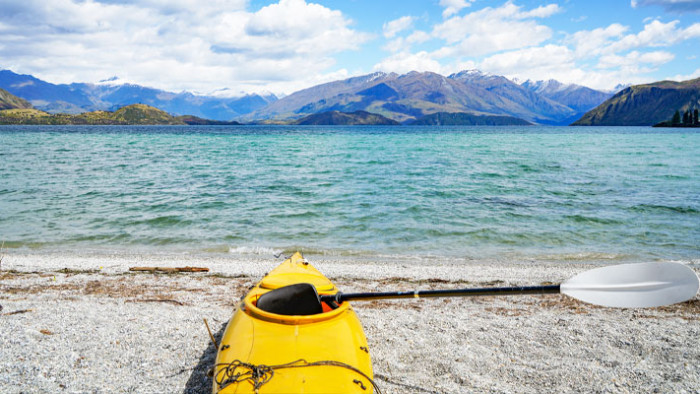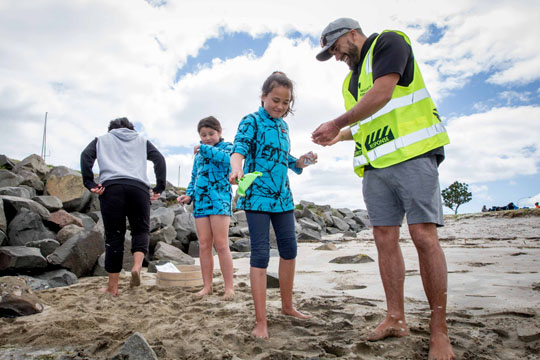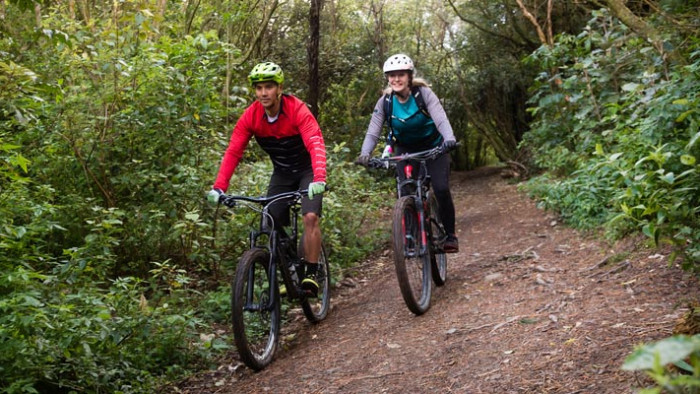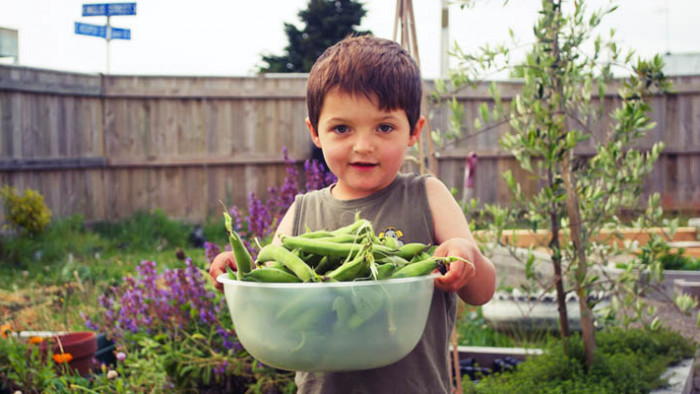Boating and water activities
Protecting our sea, rivers and lakes from invasive pests and diseases
As Kiwis, we're spoilt for choice when it comes to water activities. We swim, surf and boat on the moana (ocean). We paddle and fish on our awa (rivers). We sail and ski on our roto (lakes). Biosecurity protects our favourite waters by defending them from pests and diseases.
Invasive freshwater and marine pests can ruin our enjoyment of water activities. They can also impact the kai we eat, our drinking water, our drains and our native species.
We should look after our lakes, rivers and oceans and the native species that live there.
Protect what you love. Protect our taonga.
What you can do

For marine spaces
Learn how we protect our marine paradise by stopping spread of pests like caulerpa and Mediterranean fanworm

For rivers and lakes
Learn about why and how to Check Clean Dry when you move to stop spread of pests like clams

Identify and report potential pests
If we all keep an eye and ear out for any unusual aquatic life, we can stop pests before they have a chance to spread.
If you think you've found something unusual:
- Take a photo (or sample if appropriate)
- Take a note of its location
- And contact the Biosecurity New Zealand pest and diseases hotline on 0800 80 99 66.
Kiwis report about 10,000 suspected pests and diseases to the Ministry for Primary Industries every year.
More ways you can help

Biosecurity for walking, camping and biking
How we can protect what we love about outdoor adventures in the bush, forests and parks

Biosecurity at home
What we can do at home to protect our community and way of life from pests and diseases